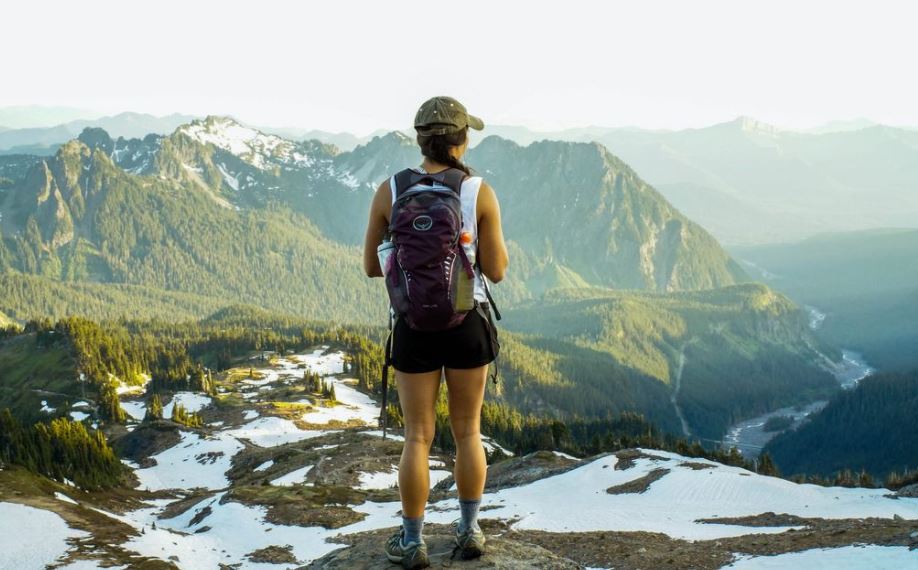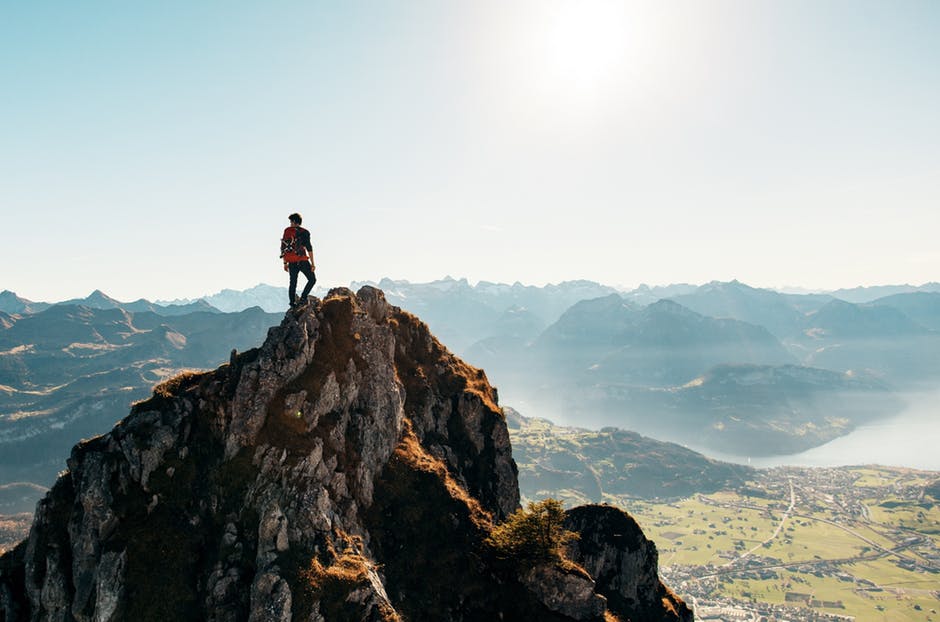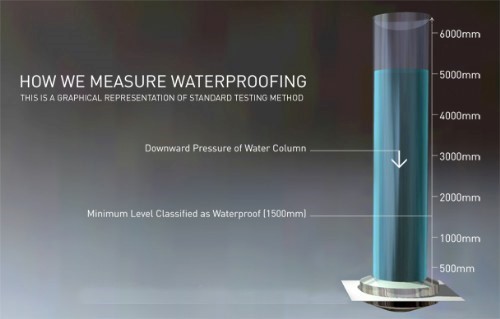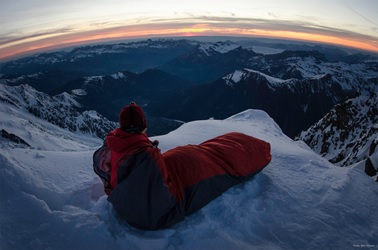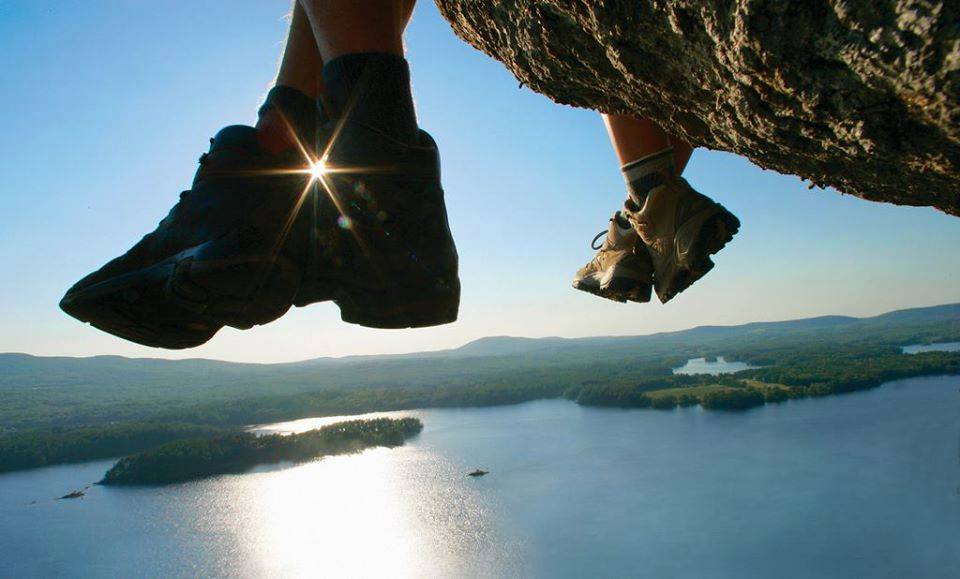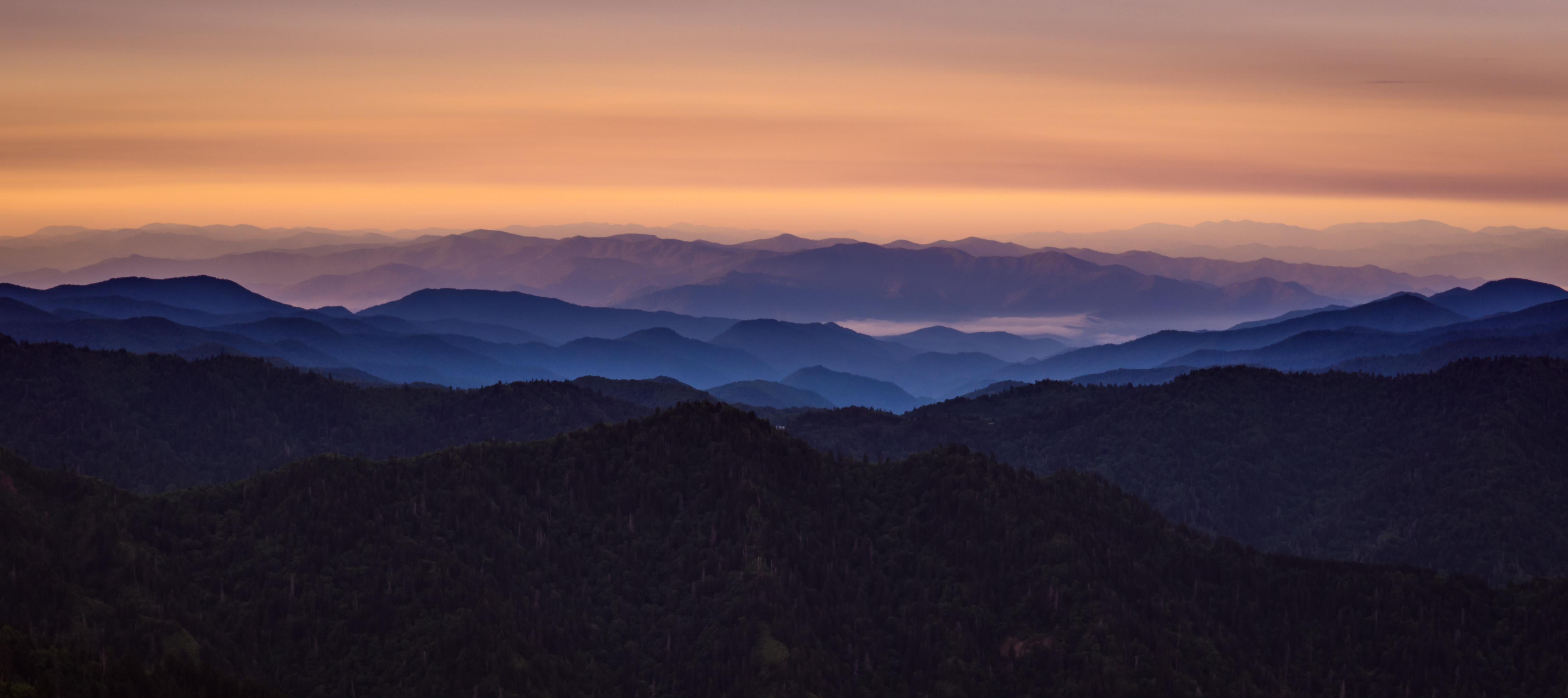As a hiker, a traveler or a mountaineer, your backpack will be one of your most important investments. A reliable backpack should have multiple compartments for organized storage and a padded hip belt and shoulder strap to distribute the bag’s weight comfortably over your shoulders and hips. A lumbar shaped backrest will slide snugly against your back and a tarp is a must to cover your bag during heavy rainfall. Invest a bit more for the sake of durability, personally, I have never experienced problems with the zippers, buckles or straps of a backpack when buying a mid-ranged item.
Durable backpacks!
The fabric your bag is made of is equally important. Nylon is the most popular choice, it’s a fabric made of dense fibers which are stronger than polyester, new Nylon bags come with a rip-stop technology that prevents wholes from tearing further due to heavy threading sewn into the cloth. Nylon also has the excellent quality of being waterproof.
Serious adventurers should consider Cordura Nylon, it is found in professional outdoor bags on the high-end of the price range. The Cordura coating prevents abrasion, this is damage due to a high amount of friction from a surface, such as during a motorbike injury. If you want this backpack, then look online for weather proof hunting backpack sales.
Finding a place to dove hunt in September can be difficult. There are public dove fields in some areas, but on opening morning they are invariably over-crowded. If you have the funds you can join a private hunting club that caters to dove hunters, but all you really need to start shooting limits on your own land is a little time and effort, by planting a productive sunflower field you can bag your limits of birds day after day.
In the fall, game birds like Bobwhite Quails and Turkeys rely on late-season food sources. Find Wax Myrtle for sale online to provide important food sources for your land.
What’s a dry bag?
These flexible bags are watertight containers, used as a replacement for backpacks in water and winter sports. They’re a good investment for keeping your electronics, sleeping bag and spare clothing dry. The bags are usually made of Vinyl or Nylon with a Cordura coating. The thick Nylon fibers will provide you with a bag that withstands the test of time.
The bag is closed by a simple roll-top closure or a zipper seal. You should consider the level of water resistance your specific bag offers. Most dry bags are not intended for extended submersion. They are built to handle splashes and short periods of submersion. A good testing method after buying your dry bag would be to turn it inside out and fill it with water, then you can see how long it takes before the water drips through.
Next up: Your tent
The most popular choice is the 3-season tent, they are lightweight and can be used from early spring until the end of autumn. They should withstand downpours but may not keep you dry in storms, violent winds and heavy snow. If you are heading into a region with harsh conditions, a 4-season tent is your best bet. However, the ventilation in these tents are designed to contain heat and it will not be a good companion during warm seasons.
If you would like have a high ceiling to your tent, choose your portable shelter based on peak height. However, dome-style tents will provide you superior strength and wind shedding abilities. A double walled tent comes with an inner waterproof floor and an outer waterproof roof, leaving the inner roof to be breathable.
Another factor to consider is the waterproofness of the material your tent is made of, it is rated in mm within the range of 800 – 10 000mm. The number relates to a water column’s height in mm on top of the material in question. For a specific waterproof index, the material should withstand the pressure by the water in the column at the given height for at least one minute. In real life, a 1500mm waterproofness would be enough to prevent rain from leaking in a 75mph hurricane-force storm. However, higher waterproofness is necessary to maintain protection after the coating has partially worn out after years of use.
Sleep is important: Pick a good sleeping bag
The inexperienced traveler has probably endured a few nights in fear of frostbite, in addition to possibly being on black bear territory… Let’s make sure you avoid at least one of those!
Sleeping bags are either made of Down or Synthetics. Down is a significantly lighter and more compressible fabric, it has a higher durability to synthetic sleeping bags, it also comes at twice the price. However, Down is useless when it becomes wet so you’ll need to make sure to choose a waterproof variant. Synthetics on the other hand are waterproof, inexpensive, and reasonably durable. However, they are heavy and bulky and might only be worth the investment for short treks.
You should also check the temperature range of your sleeping bag. It tells you what your comfort sleeping range is and indicates the extreme temperature range for survival. The comfort ranges are different for men and women. Take into consideration these recommendations are made whilst sleeping on a 1 inch thick sleeping pad. Which brings us to the next tip: Without an adequate sleeping mat the ground will sap all your warmth and you will feel all the bumps, humps and stones on the ground.
Water bottles
As an environmentally friendly traveler, stainless steel is a good option because it is completely recyclable. It’s also corrosion resistant and more durable than plastic bottles. In general pick bottles that don’t leach chemicals associated with adverse health such as Bisphenol A (BPA). BPA free bottles and containers are easy to find these days.
Hiking shoes
Shoes are another important investment when hiking. You might get away with a good pair of sneakers during a summer walk in the hills, but anything more intensive will require professional gear for the safety of your feet. Deep grooves and a good grip in your shoes are a sign of good design. The soles of the shoes should be soft and flexible, so they adapt to the terrain you walk. There should also be wiggle room for your toes, so they don’t get squashed during the descent of your hike. You will also need to try on the shoes to test the ankle support. Next, don’t make the mistake of buying water-proof shoes, you’ll suffocate your feet and the smell might lose you your tent buddy, instead go for water-resistant and breathable shoes. Finally, don’t forget to break into the shoes at least a week before the trip to avoid shoe bites. If you’re looking for more great pairs of waterproof shoes that would be great for your hiking trip, check out https://vessi.com/.
Going on a summer altitude trek?
The list below gives you a lightweight outline for a one week altitude trek in addition to the gear above. It should all be able to fit into a backpack of about 55L.
Clothes
Light fleece jacket, woolen sweater, warm padded jacket for higher altitudes, 3 t-shirts, 2 cotton trekking pants, thermal pant for the night, woolen cap to prevent heat loss at night, neck warmer
Equipment
Sunglasses against snow blindness, water-resistant synthetic gloves, cotton sport socks, these wool socks from Ireland for the night, lightweight rain jacket, head-lamp, trekking poles (saves 40% of your energy), sunscreen (above SPF 40 to use every 3 hours)
Additional
Cutlery, lunch box, mug, two water bottles (2x1L), flip-flops for the campsite, spare plastic bags, lightweight face towels, spare zip-locks for sanitary items, toilet paper, small foldable backpack, basic first-aid kit with medication
Now, all you need to do is find the destination.
By Aether’s Gear
Take a look at our collection @ https://aethers-adventure-gear.com/
